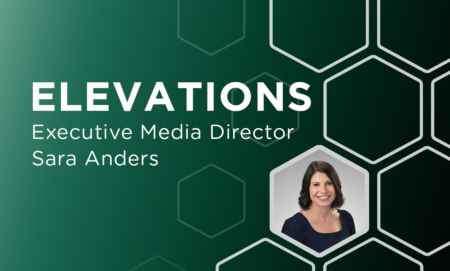First Naomi Osaka.
Now Simone Biles.
The world once again stared open-mouthed at video screens and newsfeeds as an elite athlete withdrew from competition citing mental health and emotional well-being.
The pandemic almost certainly played a role in both athletes’ decision. From navigating ever-changing safety protocols, maintaining health for a livelihood, and disrupted training and competitions to being isolated from family, friends, and colleagues, there is no doubt these factors amplified the stress of their already demanding lives and careers.
Perhaps Osaka and Biles are extreme examples. Yet they do represent cautionary, if high-profile, tales about underestimating the toll of the pandemic on our psyches. In back-to-the-office planning, management would be wise to consider measures to protect the health and wellbeing of employees’ minds in addition to their bodies.
Research shows employers can have an active role in helping employees feel safe
An excellent McKinsey & Company study focused on this view, noting that “employers who recognize and prioritize psychological safety alongside physical safety in their post-pandemic operations can help employees’ mental health and their own efforts to cultivate inclusive workplaces.”
There are many resources to inform decisions about physical safety. Consult the Centers for Disease Control, hospitals, university medical schools, and public health authorities for direction about requiring masks in workspaces, COVID-19 testing, vaccinations, and physical distancing measures. Trade associations, chambers of commerce, and networking with peers can help identify the best practices of companies and organizations, both large and small.
Prioritize mental health by establishing trust
More nuanced, establishing mental and emotional safety in the workplace begins, and ends, with building trust.
- Start by acknowledging workers’ anxiety and concerns. Gain a clear understanding of their attitudes using anonymous surveying, town-hall style meetings and one-on-one conversations. (Note: It’s not a bad idea to consult a marketing research professional to make sure the wording of your questions doesn’t introduce unintentional bias.) Check in periodically on staff members’ state of mind.
- Put employee wellbeing at the forefront. “Protecting your physical safety is our highest priority. We will not compromise on that objective regardless of the circumstances or implications.” Create guidelines that reinforce this stance and provide agency to protect personal safety and wellbeing.
- Establish a sound methodology and stick to it. Life right now is unpredictable enough; give your personnel something they can rely on. “We’ll follow CDC guidelines for wearing masks in our offices.” Reassure employees your decision-making is informed by experts and current data, not dictated by opinion or personal edict. Maintain regular and multi-channel communications.
- Make expectations clear. Working remotely has probably created factions within your organization, from those who relish being in the office to those who prefer to work entirely from home, and many gradations in between. Be upfront and explain why a physical presence is important in your organizational culture and the work you do. One commentator emphasized the importance of demonstrating to employees why “it’s worth it” to be in the office on a regular basis. Create a sense of shared responsibility and accountability among your personnel for protecting each other’s health.
- Build flexibility into your planning. Account for circumstances that have evolved because of the pandemic, such as different work demands between spouses, shared childcare responsibilities, and hybrid school schedules. Acknowledge needs and reasonable expectations. If it isn’t possible or practical to accommodate some ideas, say so and explain why.
The McKinsey researchers concluded that “in prioritizing employees’ mental health as part of return planning, employers can reduce stress and anxiety for their workers. In doing so, employers have the opportunity to contribute to improved mental health in the workforce. Understanding, prioritizing, and planning for employees’ post-pandemic mental health is an important part of an organization’s return-to-work strategy.”
Listen to what elite athletes have to say about mental health
Organizational leaders have often looked to top athletes for inspiration on a great many subjects. Perhaps now we should listen to what they are saying about the importance of mental health in creating a safe, supportive workplace during the pandemic and long after.
What else can elite athletes teach us about dealing with the pandemic and any other challenges our organizations may face in the future?
We can provide resources and assistance
If you are looking for more direction on how to best create and communicate a back-to-office plan, please fill out the form on our contact page to tell us more about your organization and we will reach out to discuss how we can help.










